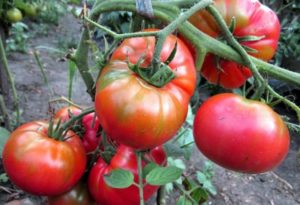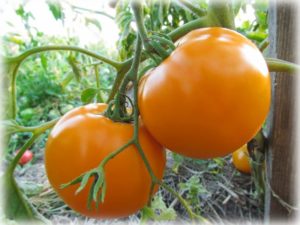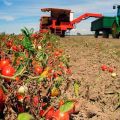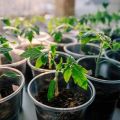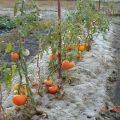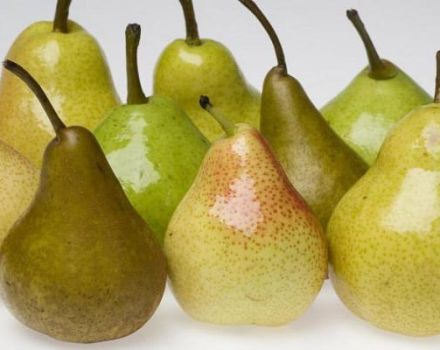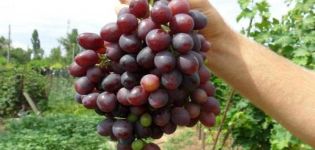Characteristics and description of the tomato variety Tolstushka, its yield
Sometimes you really want to get a big harvest of tomatoes, which afterwards could be salted and sent to the preparation of various dishes, but there are many different varieties: fat tomato, Bull heart, balcony and many others. To make the right choice you will have to try. Every self-respecting summer resident uses only proven methods for growing tomatoes, besides, he carefully selects tomato varieties.
But due to inappropriate weather conditions, the harvest may not satisfy the basic desires of the gardener. This raises the question: what kind of tomato is suitable for growing in conditions of insufficient sunlight and heat? There is only one answer: Fatty is the only option that is able to surprise summer residents with yield even on cloudy days.
External characteristics
These tomato varieties were developed by Dutch breeders.
At the request of many gardeners, scientists decided to create a new type of tomato that would grow under any climatic conditions throughout Central Europe and would have better characteristics. This is probably why this tomato feels great in the middle zone of the Russian Federation.
Mid-early
From the moment of germination of sprouts to the most productive period, about 115 days pass. The variety is considered hybrid, tall, since its main height reaches three meters. Grows well in open or sheltered ground. Description of leaves - small, light green.
The variety begins to ripen 65-75 days after planting the shoots on the ground. Harvesting can be done once every five days. Green fruits ripen at normal room temperature.
The only thing that will be required is constant loosening of the soil so that the summer resident can grow a rather large bush.
Correct cultivation of seedlings
As already mentioned, this variety is one of the hybrid varieties, which is why independent collection of seeds is impossible: the seeds will have to be purchased again. Sowing tomatoes should start somewhere in late February or early March. The composition of the soil should contain sand, humus, wood ash and soil.
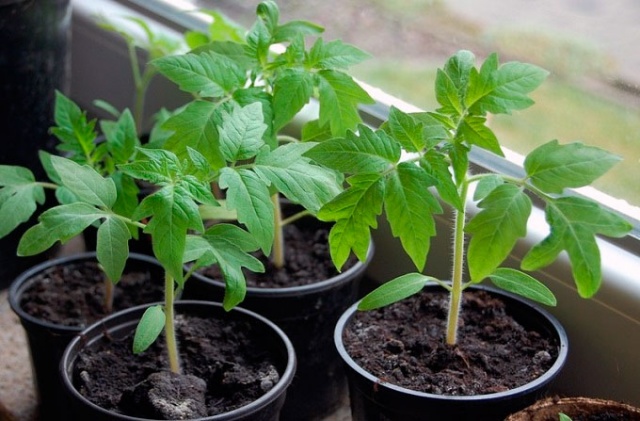
Before sowing, the soil must be calcined. This process is carried out in the oven, necessary for disinfection. All store seeds must be thoroughly processed against all kinds of diseases and pests by production, which is why you will have to soak them in a manganese solution.
It is necessary to plant seeds 1-1.5 cm deep. Everything is covered with earth and watered with ordinary water at room temperature using a sprayer. Then the pots need to be covered with foil or glass.After the first shoots appear, the film can be removed. Dishes with seedlings are rearranged on the windowsill.
As soon as the sprouts grow to 10-15 cm, the leaves are picked. It is necessary to pinch from the main root. This is necessary to stimulate the growth of the entire root system.
Fertilizing is done after one month and only after sifting the seeds. In addition, the seedlings must be hardened before planting in open ground. Typically, this process takes about 14 days before transplanting into a greenhouse or greenhouse. Here you will need to leave the seedlings in the fresh air for some time. For the full development of sprouts, you must choose a lighted and warm place.
Outdoor transplant
This tomato variety can grow both in greenhouses and in the open field. The preparation of the tomato beds should be done in the fall. It is better to choose a site where legumes, cabbage, radishes, turnips, and so on were previously grown. Since spring, you need to dig up this territory, and only then sow it with early ripening vegetables.
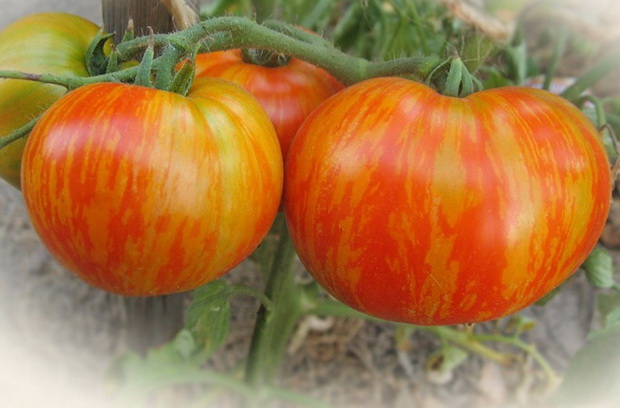
Seedlings are planted around the end of May or early June. First, you will have to clean up the entire previous landing. The site is covered with fertilizer (urea 20 grams and granular superphosphate, potassium sulfate 10 grams). It is necessary to plant seedlings at short intervals of half a meter. As soon as about ten days have passed after transplanting seedlings into open ground, at night or on cold days, you will have to constantly cover the tomatoes with a special film.
It should be remembered that thick seedling stems can break if the plant is not tied to a support device along its entire length. Over time, the entire plant takes on the shape of a crumpet and is able to multiply abundantly. It is the heavy fruits that can make the plant fragile.
About once a week, the plant requires feeding with a manure solution, it is possible to use ready-made fertilizer.
Landing in the greenhouse can be done in early May. Following the basic care regimen will help you be content with excellent yields. If earlier the landlady of the site planted cucumbers on the ground, then this soil will need to be completely changed. Seedlings are planted on pre-prepared soil, which will include: sawdust, peat, sand, humus and fertilizers.
Tomatoes require constant ventilation, which will protect against a variety of diseases that are often exposed to different varieties of tomatoes. In the first days after transplanting, you will have to water the bushes with warm water - in this case, abundant watering is not required.
You can find out about the quality of the above-described variety by examining the reviews of summer residents who actually grew a Tolstushka tomato and were satisfied with the result.
